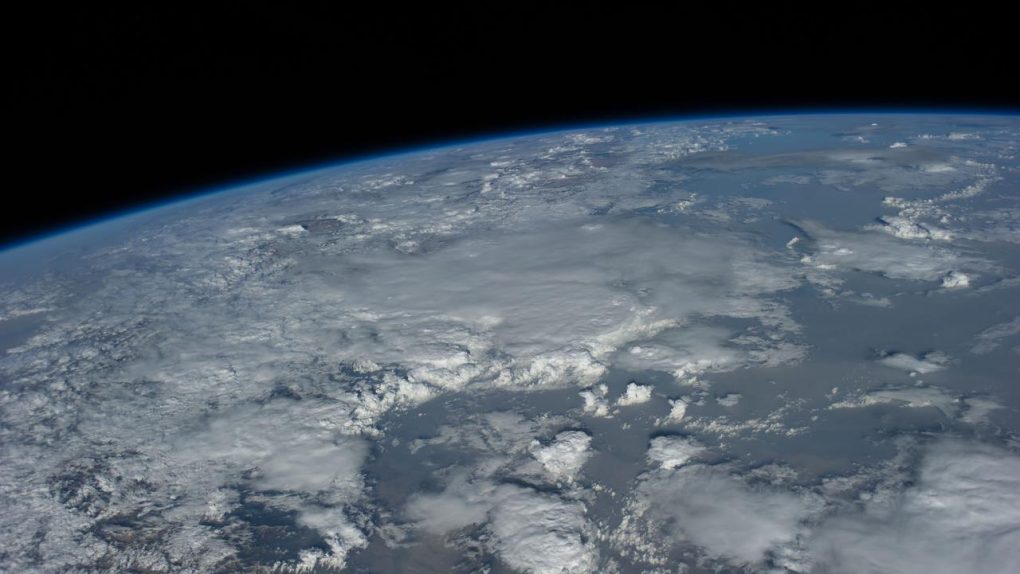Skywatchers spent much of Wednesday watching the progress of two satellites which were rapidly approaching each other. A collision seemed unlikely earlier in the day, but as the hours passed, the odds that the two outdated machines would crash into each other steadily climbed.
Originally estimated to be far less than a 1% chance, subsequent observations revealed that the likelihood of a collision was more like 5%, which is a whole lot higher than anyone would be comfortable with. That’s especially true since the location where the two spacecraft would have collided would have been directly over the city of Pittsburgh.
Thankfully, after the satellites made their way into the would-be crash zone, observers were unable to spot any new debris or evidence that a collision took place. That’s incredibly good news since a strike between the two machines could have generated an untold amount of space debris that could have posed a problem for future missions into space and even ground-based observations.
Thankfully our latest data following the event shows no evidence of new debris. To be sure, we will perform a further assessment upon the next pass of both objects over Kiwi Space Radar occurring later tonight.
— LeoLabs, Inc. (@LeoLabs_Space) January 30, 2020
You might not imagine space junk to be a major concern since it’s easy to think of the area around Earth as being incredibly large and open. Unfortunately, that’s not really the case, and groups like NASA and the ESA have to constantly monitor countless objects that are drifting around our planet.
The risks that space junk poses are many, including interfering with the deployment of new satellites and even potentially damaging crewed spacecraft like the International Space Station. A relatively small chunk of debris could easily cause a whole lot of damage to a fast-moving spacecraft, and scientists from many countries are working on coming up with solutions to the growing problem.








